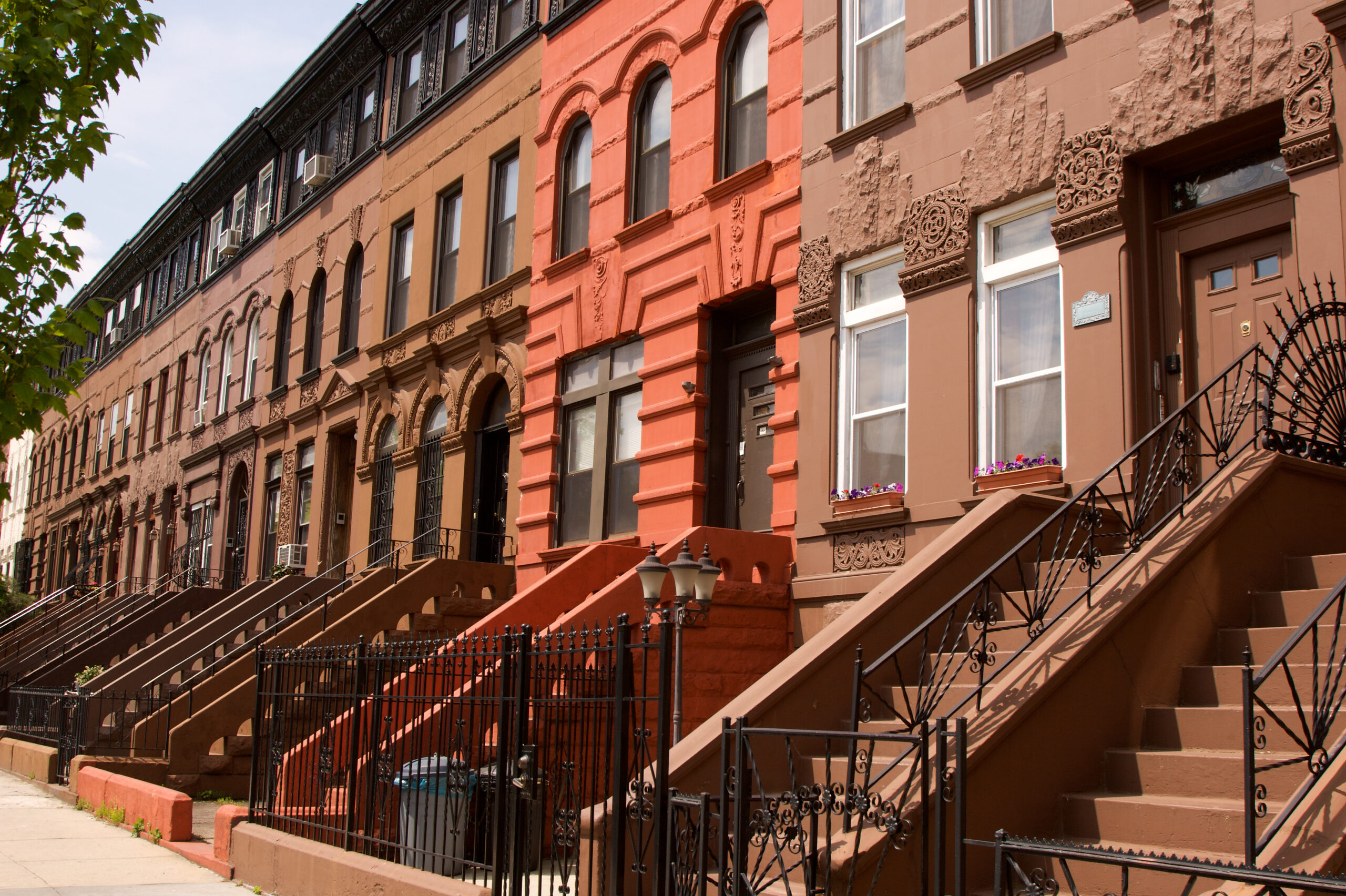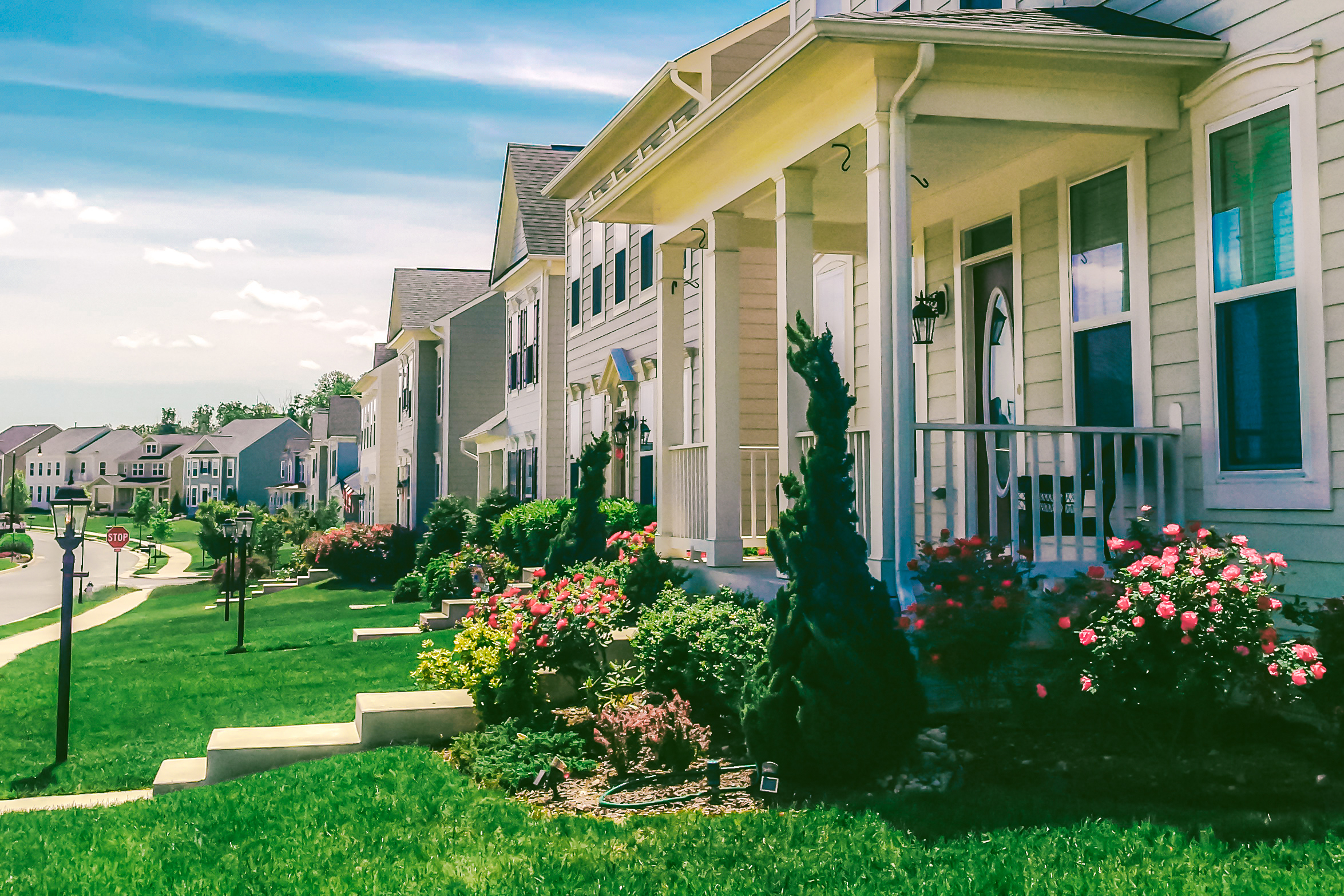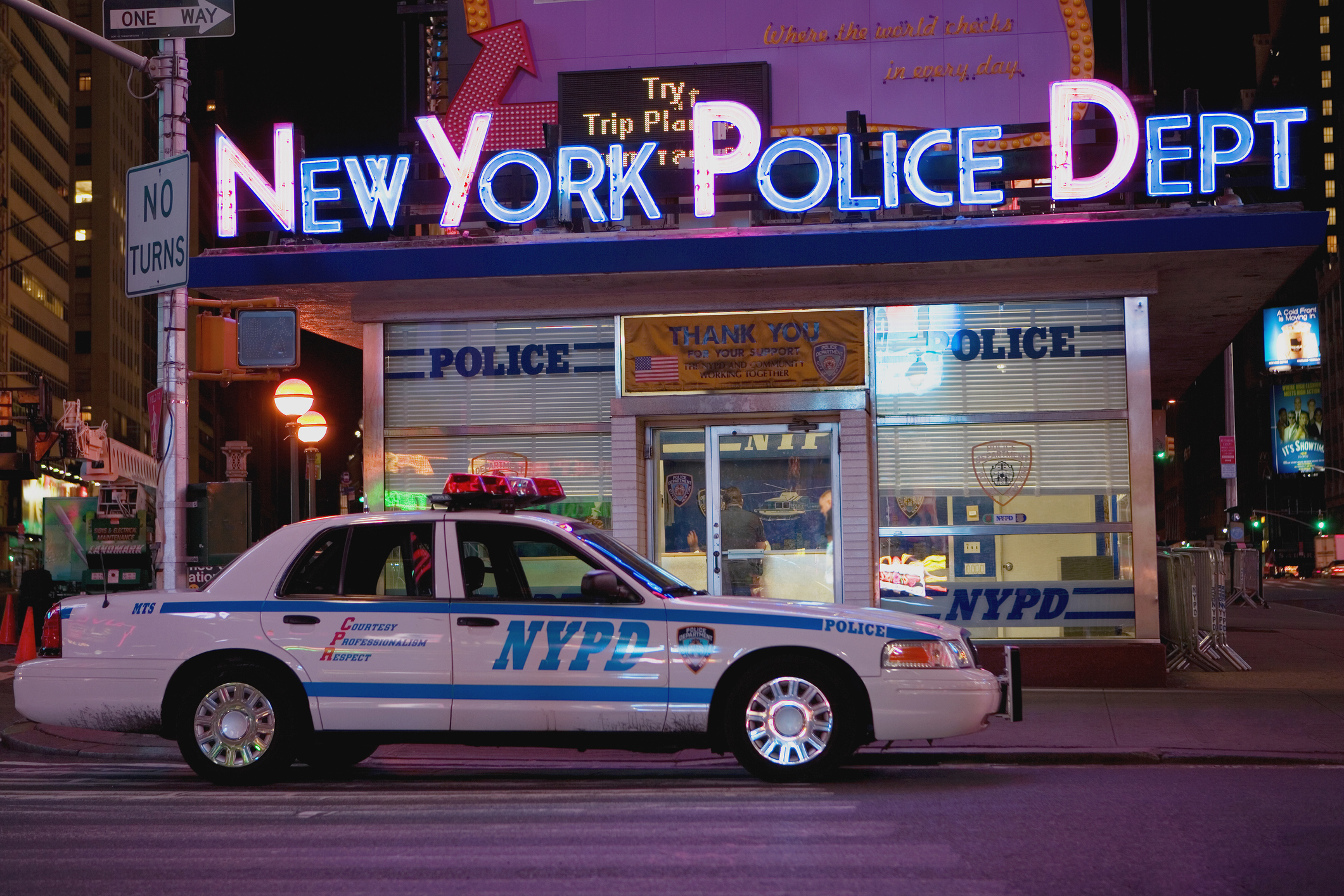After the midterm election, the city and state need to address voters’ bread-and-butter concerns.
Let Americans Build

America’s urban future hangs in the balance.
Since the 1990s, cities across the United States have seen a remarkable era of revival and flourishing. This success is now in jeopardy, held hostage by the debilitating spirit of “no-can-do” which pervades American politics.
Well known to all observers are the challenges and the forms of attendant dysfunction: extraordinary housing costs, declining state capacity, the rise of remote work, and a greater political tolerance for public disorder. Perhaps less obvious, but no less dire, are the political obstacles to reform: a sort of “vetocracy” has formed among those whose hidebound ideological radicalism prevents any sort of compromise. This Coalition of the Unwilling is intent on stopping all change in the built environment: an activist class who treat quality of life concerns as an affront, alongside cheems mindset naysayers incapable of envisioning a better, bolder future, are doing their part to ensure that the American urban future is not one of continued flourishing.
However, success stories and innovative ideas, from both at home and abroad, offer positive and dynamic visions for what American cities can do to provide continued prosperity and new opportunities for millions of Americans.
Virtually all of the policy issues and public debates surrounding the affordability of housing in cities, at their core, revolve around property rights. And in American cities, we see the simultaneous devaluation of property rights for some, while other groups enjoy a disastrous over-expansion of their own. In some of America’s most important cities, the idea of by-right development—that you can build what you like within the confines of the law without the need for special approvals—is a fantasy. “Member deference” in New York, “aldermanic privilege” in Chicago, and “discretionary review” in San Francisco allow for the excise of political control, either by individual elected officials or by the “community” group with the loudest voice in the room, to kill, delay, or greatly modify a project simply because they don’t like it.
It is obscene that this sort of gangsterism can determine what does or does not get built in the most important and expensive cities in the country. And the empowerment of this gangsterism comes at the cost of agglomeration economies–the benefits generated from concentrating more people, ideas, and resources in geographic proximity, which makes cities engines of growth and opportunity. By one estimate, relaxed regulations on housing supply just in New York, San Jose, and San Francisco between 1964 and 2009 would’ve resulted in US GDP being a staggering 14% or 36% (depending on the assumptions made) higher.
What we have in many cities, and even in those without the most extreme forms of political control over new development, is what’s known as the tragedy of the anticommons. It becomes exceedingly difficult to build something new when everyone within a five-mile radius feels entitled to a complete and total exercise of veto power over projects which are completely legal. In New York, a developer spent four years in court fighting to avoid having to cut off the top 20 floors of their tower after local busybodies, upset about a skyscraper in Manhattan, mounted a spurious legal challenge. In 2019, a downtown Denver diner owner tried to sell his restaurant to a developer in order to fund his retirement but was temporarily blocked from doing so by a local group of historic preservationists that were opposed to the property being redeveloped into an eight-story apartment building, allowed by-right on the lot. This rampant abuse of the regulatory state and the judicial system is simply incompatible with a dynamic, prosperous society.
Many people have very real and sincere feelings about the nature of the neighborhood or city they live in. These people chose to live where they do for specific reasons, often involving the look and feel of the local community. But the idea that because someone bought a house in a neighborhood at a particular point in time, the neighborhood must therefore remain locked in place as it was at the time of purchase, is completely unsustainable. There’s a fundamental callousness with which those who bought into their communities long ago, at much lower prices, refuse to allow those seeking access to that same community today, including their own children. There’s only so far out into suburbia new development can be pushed before commuting to job centers becomes untenable and disruptive to family life, setting aside how outrageous it is to reserve vibrant, walkable communities as the exclusive domain of the landed urban gentry.
To the Bold Go the Spoils
Although it is often difficult to effectively extrapolate lessons and ideas from other countries to a new setting, there are ideas which can be applied in the United States to help get us building again.
One such idea comes from the United Kingdom, called street votes. The policy, under consideration by the government, would allow residents of individual streets to vote to create new, more expansive rules for creating building extensions and new construction. Residents can reap the benefits of higher property values when they choose eventually to sell, as the land will not be locked into its present usage.
America’s urban struggles, however, go beyond matters of zoning and housing development. In many cities, public officials seem to have simply given up on the enforcement of any public order whatsoever. Los Angeles has allowed its metro to become overrun with drug use and rampant crime. In Washington, D.C., where I live, a driver with over 40 outstanding traffic tickets totaling $12,300 caused an accident and killed three people, in part because the city council does nothing to enforce fines. The Washington Metro system is losing $40 million in revenue per year from fare evasion, with an estimated one-third of Metrobus trips and 13% of Metrorail trips going unpaid, at a time when ridership remains down from pre-pandemic years. The type of disorder tolerated in many major American cities is often nowhere to be seen in cities elsewhere in the world, in countries much poorer than the United States. In February I spent a week in an African capital city of three million people and saw essentially none of the nonsense and unfortunate human misery I routinely see in the two-block walk from the Metro to my office in downtown D.C. (and the paved roads were smoother, too).
Much of the rest of the world is also simply better at getting things built. The Transit Costs Project at NYU’s Marron Institute has shown that American rail projects are among the most expensive in the world, with such projects being completed all over the world on a much lower per-kilometer basis, and presumably more frequently completed on time. Anyone who has ridden public transportation in an American city and abroad will know that better things are possible.
But nothing is possible unless we seriously reckon with the American vetocracy, ranging from NIMBYs to “environmental” groups to anti-market activists. French rail operator SNCF abandoned an effort to build a high-speed rail link between San Francisco and Los Angeles to instead pursue, and subsequently complete, a project in Morocco, as the latter was deemed “less politically dysfunctional.” At the federal level, some amount of gridlock in American politics is by design: large-scale interference in private affairs was supposed to be blocked by the countervailing values of multiple factions. But what we have here is nearly the opposite situation: private enterprise and innovation are left at the mercy of collective interest groups whose complaints are granted outsized authority by overregulation.
Overcoming this kind of rigor mortis in government will require energy and confidence about urban renewal. But American public life appears to be totally devoid of an ambition to build great things. This is the aforementioned “cheems mindset” in action—that even the simplest things, let alone great things, are out of reach. Arguments against action often boil down to the felt sense that there is simply no point in changing course. The best Americans can often hope for is exemplified in the Washington Metro’s “Back2Good” campaign of several years past, whose pitiful ambition was to get basic service and safety measures in place.
Manhattan was once the envy of the world, home to the tallest and most impressive structures we know and love. There’s a proposal floating around to reclaim 1,760 acres off the coast of lower Manhattan to build more parks and housing. Will this happen? Almost certainly not, at least not anytime soon. And although I think it comprises remarkably poor urban design, Songdo, a new city in South Korea built on 1,500 reclaimed acres adjacent to Incheon since 2003, is now home to nearly 170,000 people. Projects of this magnitude are entirely possible. They just require political determination and a bit of state capacity.
The future of American cities now hangs in the balance. If superstar cities continue to punt on taming the forces arrayed against the construction of new middle-class housing, the affordability crisis will only worsen, continuing to trickle down into our second- and third-tier cities and stifle American economic dynamism. And our cities need to be more than affordable—New York was cheap when it was a dangerous, decaying mess. So long as transit remains unsafe for a family, or attending the nearby public school is a non-starter, more work remains to be done. Urban public life in America must recapture a spirit of the past, when big ideas and bold projects to drive a city forward could be executed with competence. Cities elsewhere around the world are showing a thousand ways forward for America’s cities—it’s time to follow suit and build.
The American Mind presents a range of perspectives. Views are writers’ own and do not necessarily represent those of The Claremont Institute.
The American Mind is a publication of the Claremont Institute, a non-profit 501(c)(3) organization, dedicated to restoring the principles of the American Founding to their rightful, preeminent authority in our national life. Interested in supporting our work? Gifts to the Claremont Institute are tax-deductible.
What becomes of cities when the yuppies flee?
The post-urban future of cities.
It pays to remember how quickly the winds of governance can change.
An interview with Matthew Taylor, writer and director of a new documentary about the quintessential American city.





